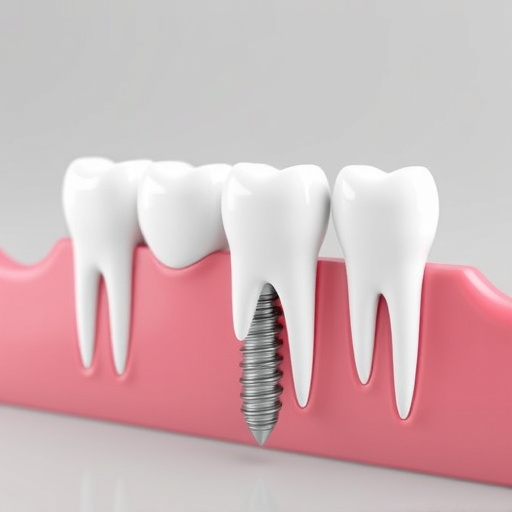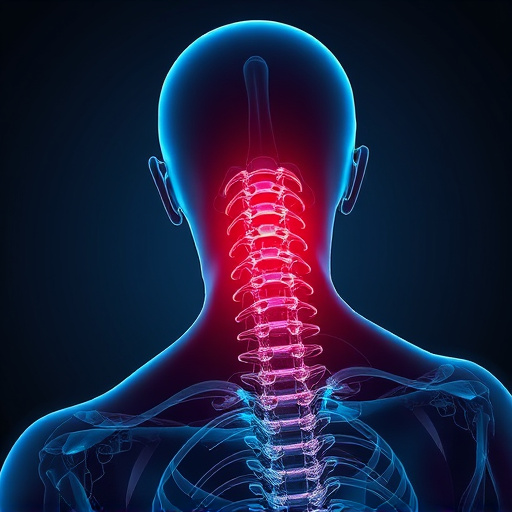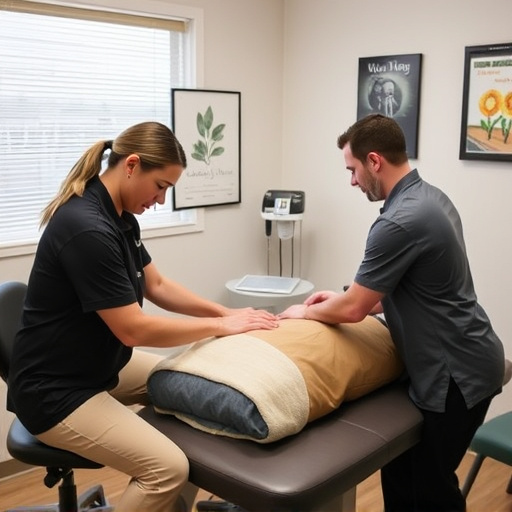Shockwave therapy for pain is a non-invasive treatment using high-energy sound waves to heal damaged soft tissues, offering an alternative to surgery or medication for chronic muscle, joint, and bone pain. It creates micro-tears for a healing response, reducing pain, improving mobility, and speeding recovery, suitable for functional rehabilitation post-injury. However, it has temporary side effects like mild pain, bruising, and swelling, with rare serious complications; consulting healthcare providers is crucial for individualized treatment needs.
Are you tired of chronic pain holding you back? Discover the potential of shockwave therapy as a groundbreaking solution. This non-invasive treatment is gaining popularity for its ability to alleviate various types of pain, from muscle strains to joint arthritis. In this article, we’ll guide you through the process, benefits, and considerations of shockwave therapy for pain relief. Learn when it’s an ideal choice and what to expect during and after treatment.
- Understanding Shockwave Therapy for Pain Relief
- Benefits and Potential Risks: Weighing Your Options
- When and How to Consider This Treatment Approach
Understanding Shockwave Therapy for Pain Relief
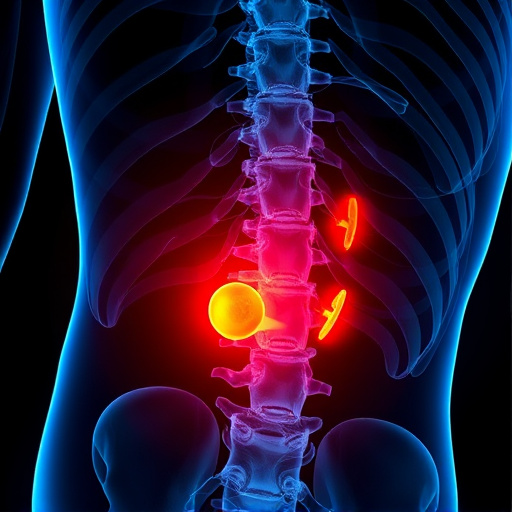
Shockwave therapy for pain is a non-invasive treatment that uses high-energy sound waves to stimulate healing in damaged soft tissues. It’s a game changer for many individuals struggling with chronic or acute pain, offering an alternative to surgery or long-term medication. This innovative approach has gained popularity in the field of car accident injury care and herniated disc treatment, as it can promote natural regeneration without causing side effects common in traditional pain management methods.
The process involves directing low-intensity shockwaves onto targeted areas, such as joints, muscles, or bones. These waves create micro-tears in the tissue, which triggers a healing response. Over time, this can lead to reduced pain, improved mobility, and accelerated recovery. For those seeking functional rehabilitation after an injury, shockwave therapy is often recommended as a safe and effective way to regain strength and flexibility.
Benefits and Potential Risks: Weighing Your Options
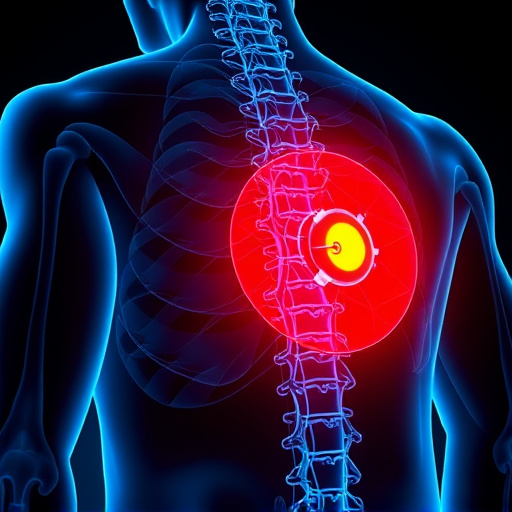
Shockwave therapy for pain has gained popularity as a non-invasive treatment option, offering potential benefits while also carrying some risks. One of the key advantages is its ability to stimulate healing and reduce inflammation in damaged soft tissues, making it an effective solution for various types of chronic pain. This therapeutic approach can be particularly beneficial for individuals seeking alternative treatments to avoid surgical procedures or long-term use of medications.
However, as with any medical intervention, there are potential risks associated with shockwave therapy. Temporary side effects may include mild pain, bruising, or swelling at the treatment site. In rare cases, more serious complications have been reported, such as tissue damage or infection. It’s crucial to weigh these options carefully, especially if you’re considering this treatment alongside rehab services or therapeutic exercises. Consulting with a healthcare professional is essential to determine whether shockwave therapy aligns with your specific needs and preferences for managing pain.
When and How to Consider This Treatment Approach

If you’re suffering from persistent chronic pain, especially in areas like muscles, joints, or bones, it might be time to consider shockwave therapy for pain as a potential treatment option. This non-invasive procedure is gaining popularity as an effective way to address various types of pain conditions. Shockwave therapy uses high-energy acoustic waves to stimulate tissue repair and promote healing, making it particularly useful for whiplash treatment and mobility improvement.
The decision to explore shockwave therapy should be made in consultation with a healthcare professional who can assess your specific needs. It’s ideal for individuals who have exhausted other conservative treatments without significant relief. For instance, if you’re plagued by chronic pain that hinders your daily activities, this approach could offer a promising pathway to finding comfort and regaining control over your mobility.
Shockwave therapy for pain could be a game-changer if conventional treatments haven’t provided relief. By understanding the benefits, weighing potential risks, and considering when it’s most appropriate, you can make an informed decision about whether this non-invasive approach is right for you. Always consult with a healthcare professional to explore all options and determine the best course of treatment.



